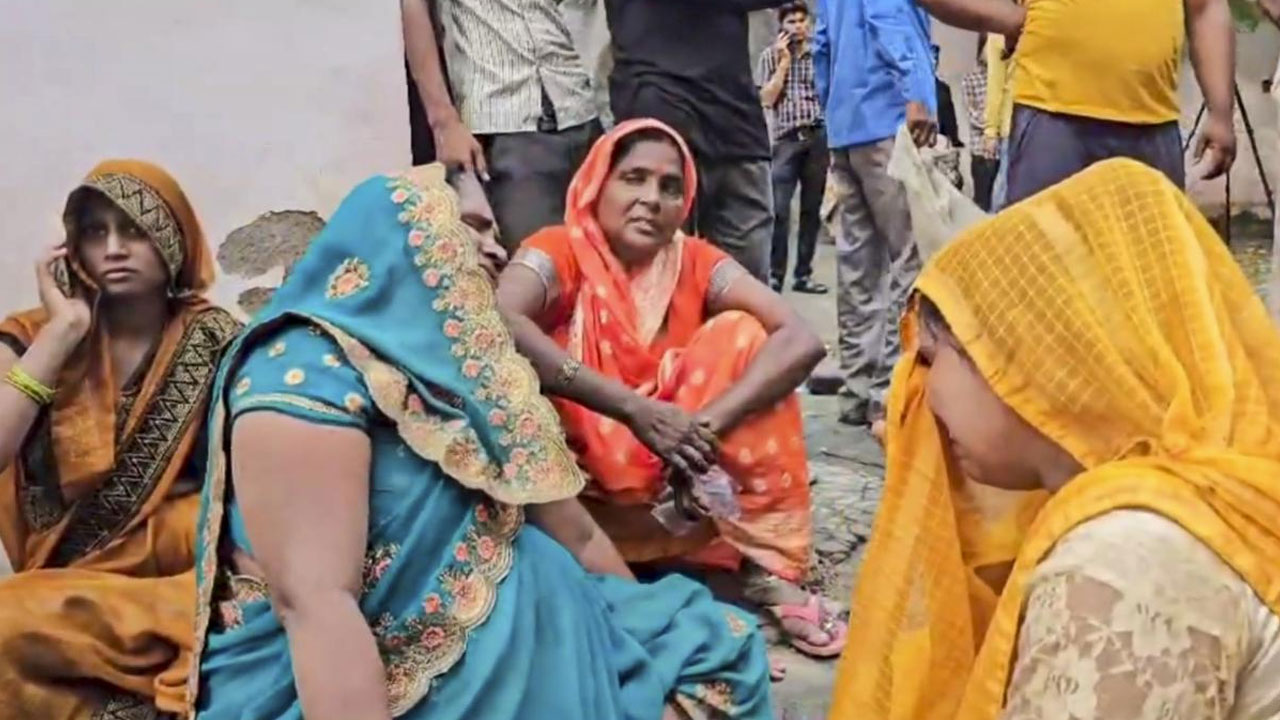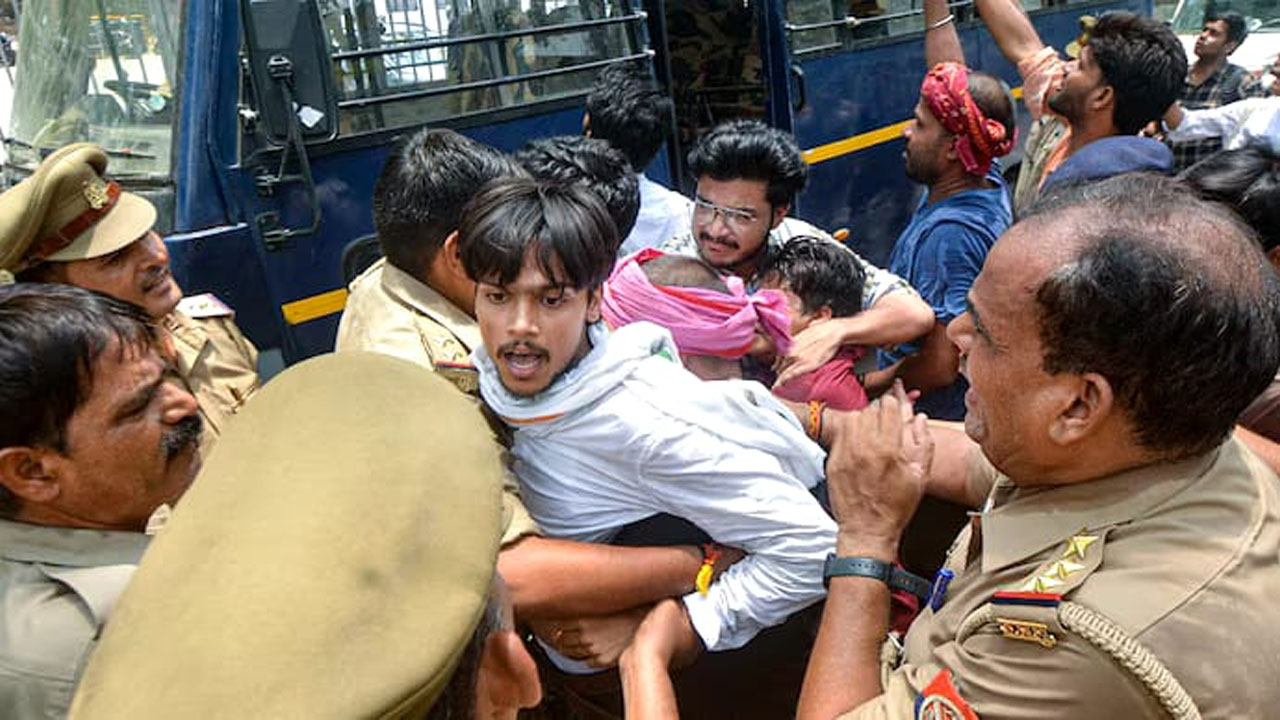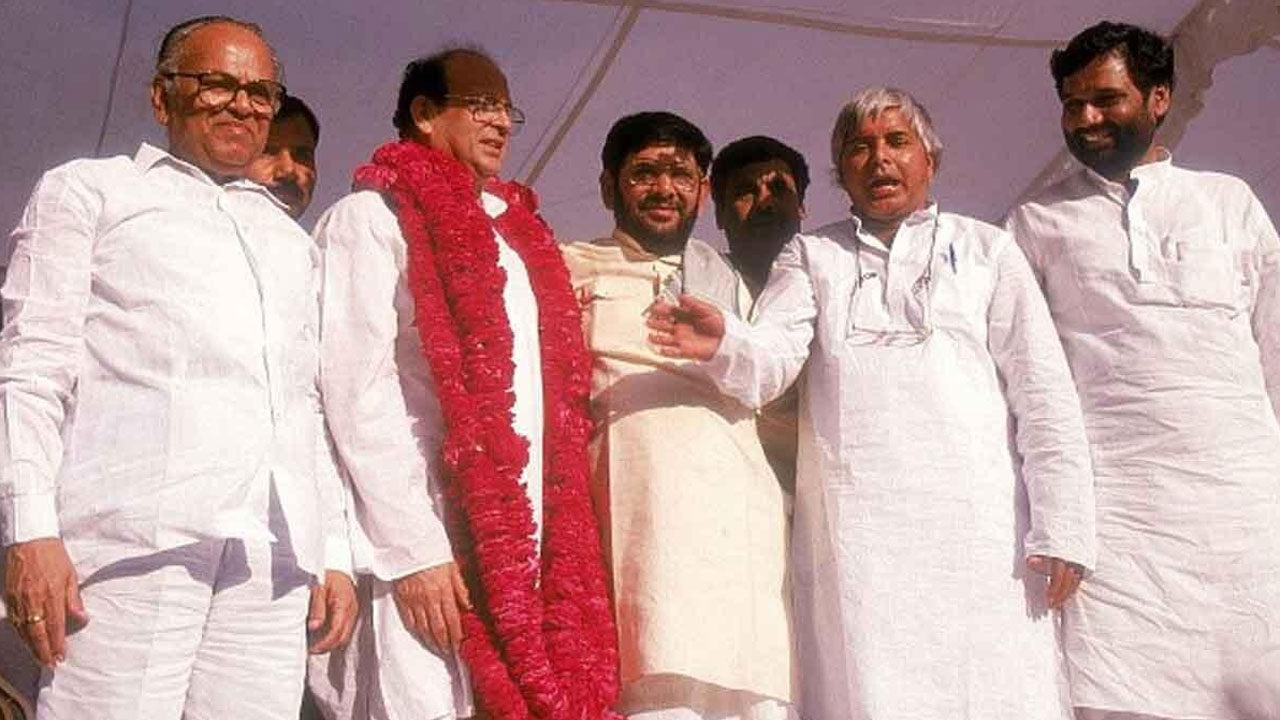Not so long ago, Tamil Nadu was poorer than Bihar. The incidence of rural poverty in 1960-61 in Tamil Nadu was 51.7 compared to 49.7 in Bihar (which included Jharkhand then) and much higher than the all-India average of 38.2 per cent, write Kalaiyarasan A. and Vijayabaskar M. in their book “The Dravidian Model” (Cambridge University Press, 2021). Today, it is rated medium to high in the human development index and is the second most industrialized state in the country, with the largest percentage of OBC entrepreneurs.
The development trajectory of Tamil Nadu was set early on by a movement that secured a representative State through reservations and called for a socially inclusive economy. The representative State, in turn, made policies towards making education and healthcare accessible and making the oppressed masses active stakeholders in the economy.
The measures taken to make the State more representative at various points post Independence, such as the expansion of reservation quotas in higher education and public employment to 49 per cent, as recommended by Sattanathan Commission, in the early 1970s, further expansion to 69 per cent in the 1980s – which included a 50 per cent quota for Backward Castes – and a carving out of 20 per cent from the 50 per cent quota for the Most Backward Castes in the late 1980s, held Tamil Nadu in good stead even as opportunities in the public sector shrank and private sector grew following the economic liberalization of the 1990s.
Bihar, whose assembly recently cleared the expansion of the reservation quotas from 50 per cent to 65 per cent, based on the results of the Caste Survey, could now potentially tread the development path of Tamil Nadu. But this would call for significant public and private investment in education, and conscientious implementation of reservations. Tamil Nadu, as the authors of ‘The Dravidian Model’ note, has the highest share of engineering college seats in the country. Sixty-nine per cent of the seats in government-owned and government-aided colleges are reserved for the Backward Castes, Most Backward Castes, Scheduled Castes and Scheduled Tribes. Even the private colleges have a 50 per cent government quota, to which the reservation rules apply. Contrastingly, as the Caste Survey showed, only a tiny proportion of the Bihar population has had access to higher education. Only 8.69 per cent of the Backward Castes, 5.32 per cent of the Extremely Backward Castes, 3.72 per cent of the Scheduled Castes and 4.21 per cent of the Scheduled Tribes have studied beyond Standard 12. Together, they form 85 per cent of the population.
Overall in Bihar, 1.57 per cent of the population is employed in the public sector, 1.22 per cent in the private organized sector and 2.14 per cent in the unorganized sector; 3.05 per cent is self-employed, 7.7 per cent are either farmers or agricultural workers and 16.73 per cent are skilled workers, workers and others. Barring the last two occupational types, the upper castes have a larger representation relative to population than the BCs, EBCs, SC and STs in each of the others.

Despite contrasting economic scenarios in the two states today, Tamil Nadu and Bihar have witnessed similar non-brahmanical sociopolitical mobilizations before and after Independence although they differed in terms of scale and impact. As Periyar’s Self-Respect Movement shook the Madras Province, the Triveni Sangh was active in Bihar in the 1930s. The rise of OBC politics in Tamil Nadu and Bihar occurred almost simultaneously, with C.N. Annadurai, the founder of the Dravidar Munnetra Kazhagam, and B.P. Mandal of the Samyukta Socialist Party – who later went on to head the Backward Classes Commission – assuming chief ministership in Tamil Nadu and Bihar, respectively in the late 1960s. Karpoori Thakur became chief minister of Bihar in the early 1970s and, in 1978, during his second term in office, implemented reservation quotas recommended by the Mungeri Lal Commission. More than four decades on, the Caste Survey in Bihar has been the culmination of its non-brahmanical sociopolitical mobilization.
Kalaiyarasan and Vijayabhaskar argue in their book that “political mobilization and state-level policies have ensured better prospects for capital accumulation as well as ensured a relatively better share of lower castes in this domain”. They “trace three pathways through which this process unfolded” – the first being the “diffusion of a productivist ethos and a belief that industrialisation is critical to undermine social hierarchies” which “translated into a broad-based political consensus leading to consistent demands in this regard”; the second being that “such demands translated into investments in physical and social infrastructure which allowed for more diffused entry into the domain of capital accumulation”; the third being “specific policies in the domain of industrialisation and servitisation”.
The authors write, “the narrative of social justice through affirmative action became a part of Dravidian common-sense that ensures much better functioning of institutions governing implementation of affirmative action policies unlike in other states. While the Left movement which saw land reform as key to redistributive justice, Dravidian common-sense privileged access to education and jobs as important pathways to social justice in India. Cumulative inequalities cannot be addressed by land reform alone. When modern economic growth is driven by service and industry, education acquires significance in availing opportunities.”
Distribution of Enterprises in Tamil Nadu by Caste Status of Ownership
A) All sizes (in terms of number of workers)
| Caste Groups | Tamil Nadu | Gujarat | Maharashtra |
|---|---|---|---|
| SC-ST | 6,45,455 (14.1) | 6,11,289 (17.3) | 7,30,440 (13.1) |
| OBC | 31,26,013 (68.2) | 14,43,918 (40.2) | 13,24,793 (23.8) |
| Elites | 8,11,683 (17.7) | 15,34,952 (42.6) | 35,14,846 (63.1) |
| All | 45,83,151 (100) | 35,90,159 (100) | 55,70,079 (100) |
B) 20-99 workers
| Caste Groups | Tamil Nadu | Gujarat | Maharashtra |
|---|---|---|---|
| SC-ST | 2,532 (9.7) | 1,249 (15.9) | 1,022 (7.0) |
| OBC | 18,777 (72.0) | 917 (11.6) | 1,442 (9.9) |
| Elites | 4,771 (18.3) | 5,714 (72.5) | 12,095 (83.1) |
| All | 26,080 (100.0) | 7,880 (100.0) | 14,559 (100.0) |
C) 100 and above workers
| Caste Groups | Tamil Nadu | Gujarat | Maharashtra |
|---|---|---|---|
| SC-ST | 100 (5.8) | 115 (12.1) | 109 (6.0) |
| OBC | 1,169 (67.4) | 102 (10.8) | 143 (7.90) |
| Elites | 466 (26.9) | 730 (77.1) | 1,552 (86.0) |
| All | 1,735 (100.0) | 947 (100.0) | 1,804 (100.0) |
Source: Computed from Economic Census 2013-14 (in the ‘The Dravidian Model’ by Kalaiyarasan A. and Vijayabaskar M.)
Today, in terms of Per Capita Net State Domestic Product, Bihar sits below all states and union territories, while Tamil Nadu is third among the large states. In terms of the Gross State Domestic Product, Tamil Nadu is second only to Maharashtra. As is shown in the above table, OBCs own 67.4 per cent of the enterprises in the state that employ a hundred or more workers.
Like Tamil Nadu in the early 1970s and its ‘Dravidian Model’, Bihar is potentially on the cusp of its own non-brahmanical economic model, possibly the ‘Shraman Model’, evoking the distinctive socio-cultural history of its masses and their focus on production. This would call for the government to modernize the economy – transition from a predominantly agricultural economy to an industrial economy, with the historically oppressed communities as the primary stakeholders, breaking shackles of caste on society in the process. Given the learnings from Tamil Nadu, Bihar has the opportunity to industrialize better. It can do so while avoiding the environmental damage – for example, pollution of water sources observed in the industrial centres of Tamil Nadu like Vellore and Tirupur.
(Editing: Amrish Herdenia/Nawal)
Forward Press also publishes books on Bahujan issues. Forward Press Books sheds light on the widespread problems as well as the finer aspects of Bahujan (Dalit, OBC, Adivasi, Nomadic, Pasmanda) society, culture, literature and politics. Contact us for a list of FP Books’ titles and to order. Mobile: +917827427311, Email: info@forwardmagazine.in)





